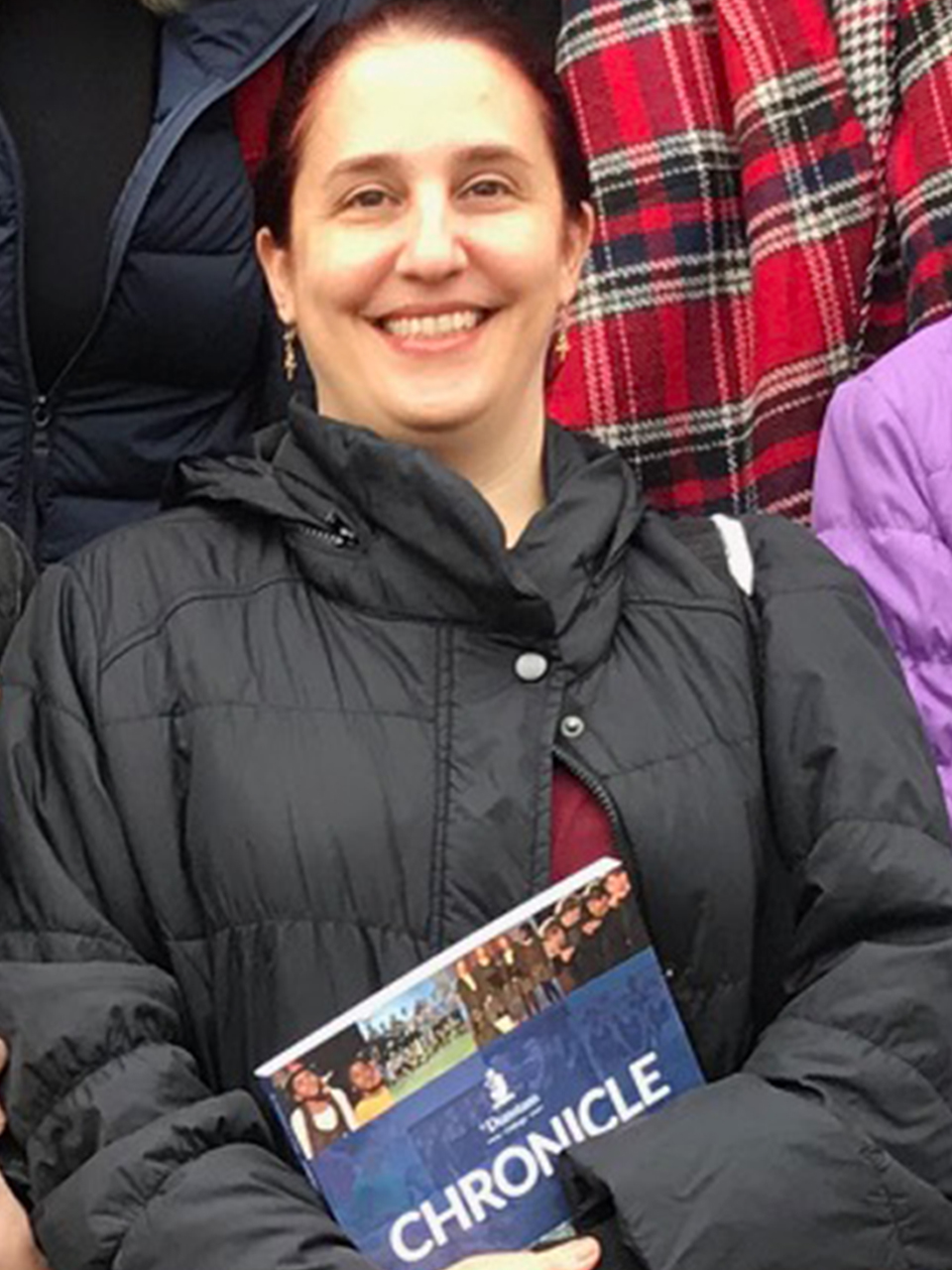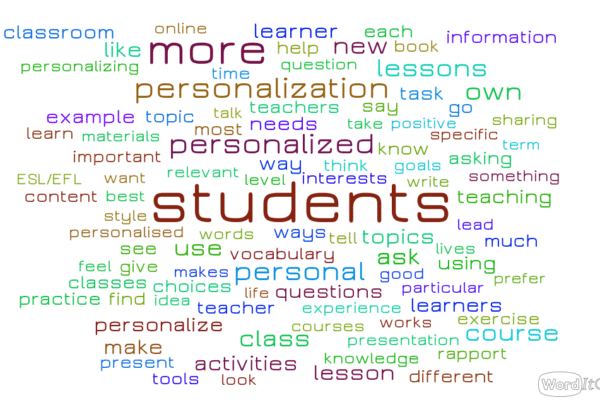Creating magical moments in your class: making room for Storytelling though pedagogic activities
“Learners have storied selves that cannot be dissociated from their selves in the classroom, so they are encouraged to share their stories and experiences during ordinary pedagogic activities. Naturally, these interactions help us all — myself included, connect with one another.” Teresa Carvalho (2017)
Magical. This is what many teachers want their lessons to be. I have had some truly magical moments in my classes, but what do I mean by magical moments? Just picture your all your students — and yourself included, sharing your stories and listening to each other attentively and empathetically. It is one of those moments when there is this invisible force that pulls you and your students away from your everyday nuisances and worries and you all wish it to last forever. Everything that matters is suddenly encapsulated in your classroom. It is a moment when you gain insights not only into your own practice but into your students’ experiences and thoughts. It is that moment when that disruptive student no one likes joins in and feels happy that they have been given the space. This is a rare moment in busy, noisy, and hyperconnected classrooms such as ours in which every bit must be filled with tech tools, projects, tasks, exams, pair work and an overloaded syllabus.
Please don’t get me wrong. I am not against technology. I use it every day and I am glad we have all these apps and tools available in so many schools, but magic does not require gadgets or technology to happen. It can happen anytime during a class. Very often we don’t see it coming: It takes us all by surprise. Should we interrupt it because we have planned something else or should we let it flow? Sometimes all it takes is a question or a class discussion to spark it. Sometimes a song does the trick. I have observed lessons in which it happened, and it was beautiful to watch teachers and students share their stories through discussions and debates. Even a simple activity such as describing a picture can help your students’ stories emerge. Every opinion and every stance that we express inevitably bring up our own stories and experiences. As I have probably mentioned before, everyone has a story to tell. All it takes is someone willing to listen. Once it happens, make room for it. I have seen teachers kill the magic because they had to complete a grammar task.
I know how busy, overworked, and overloaded we all are — and so are our students. Don’t worry so much about their grammar. Teach them to be good listeners and to ask questions. Teach them to call each other by their names and to be empathetic. Learning to listen is the first step towards learning to communicate in a second language. The rest will take care of itself. We think we are teaching English, but in truth, we are teaching so much more than that. Little do we realize that we are helping our students put their life stories together through very simple tasks. Just think about it and next time you step into the classroom and bring some faith, trust and your own stories.






